Nature's Value Photography Competition
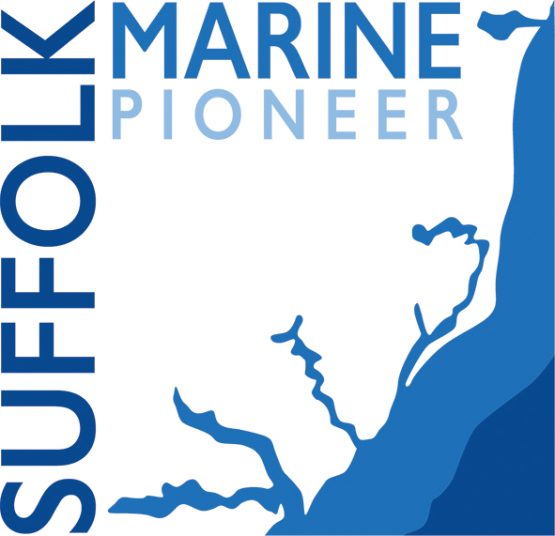
Communicating the value of the environment is difficult as it means different things to different folks.
The Suffolk Marine Pioneer Project wanted to address this problem by inviting the people of East Anglia to capture 'Nature's value' through photography.
This wasn’t simply a question of taking pretty pictures of the environment. The images play an important role in helping to start a discussion about the value of nature and can support wider engagement in the natural capital approach. This wider engagement is critical for the success of natural capital.
Scientists classify the different types of benefit the natural world provides into 4 categories of 'ecosystem services'. It is from these ecosystem services that nature's value is gained.
Our competition used the categories of ecosystem service to help judge the photos. All photographers were asked to include a caption to help explain how their photo matched the category.
- Provisioning services are the physical products obtained from ecosystems such as: food, fibre, fuel, genetic resources, biochemicals, natural medicines, pharmaceuticals, water, and building materials.
- Regulating services are the benefits we get from ecosystem processes. These don't provide a 'product' like provisioning services but include include benefits such as: air quality maintenance, climate regulation, water regulation and purification, erosion control, waste treatment, regulation of human diseases, biological control, pollination, and protection from extreme weather.
- Cultural services are the nonphysical benefits people derive from ecosystems. You'll recognise these as things like; spiritual enrichment, reflection, recreation, and aesthetic experiences.
- Supporting services are ecosystem services that are necessary for the production of all other ecosystem services. They differ from other services as their impacts on humans are indirect or occur over a long time period to be apparent. Nevertheless they are perhaps the most important ecosystem services. Examples of supporting services include: production of atmospheric oxygen (through photosynthesis), primary production, soil formation and retention, nutrient cycling, water cycling and provisioning of habitat. It's worth noting that supporting and regulatory services are quite similar. Often, its just a case of the timespan in which they are delivered that determines which category a particular service falls into.
All copyright retained by photographers
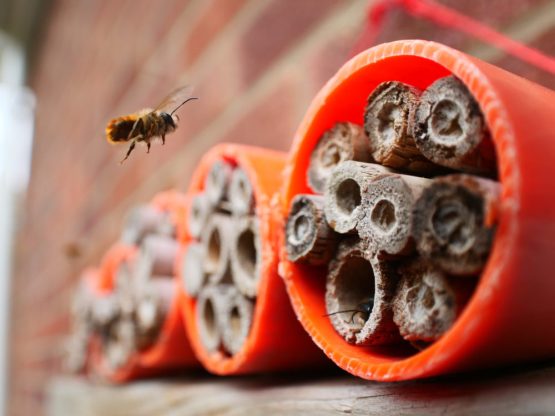
Mason Bee Hotel - Rob Coleman
This mason bee's home is man-made, permitting bee and man to live side by side harmoniously. Enabling nature to function in our built environment is becoming increasingly important as we reduce the area of natural habitat on offer.
If man is to continue to thrive, we must recognise our reliance on the natural world and move forward as one. Rob’s image depicts a pragmatic mutualism that we can all deliver to the betterment of the environment.
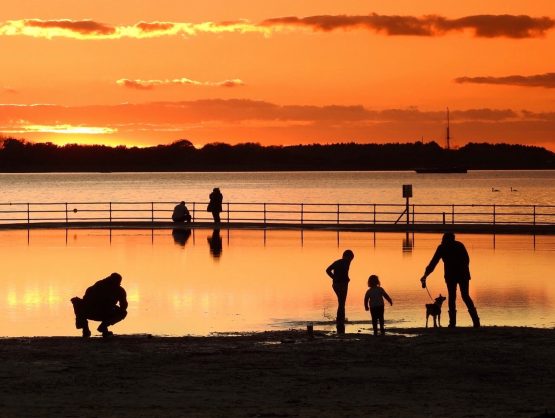
Enjoy it your way! - Natacha Bines
The figures, silhouetted by the sunset, each focus on different elements of the same landscape. This scene beautifully illustrates the diversity of the natural world.
The fact that each of us relates to our environment in different ways is one factor that makes any attempt to value nature so difficult, but Natacha’s image shows us it is important to include everyone’s perspective when asking the question “What is the value of the natural world?”

Wooden Provisions - Natacha Bines
Your eye is first drawn to the pastel hues of the sky, reflected in the water which engages you to recognise air and sea as the natural focus of this image. Natacha challenges this view by acknowledging the mooring posts and wreck as wooden provision.
One tends to see such features as man-made but in fact, the natural service of wood provision is fundamental to the framing of this image. Our initial oversight of this, teamed with the dilapidated hulk offers a great metaphor for how we undervalue the natural world.

Enjoying the Natural World - Andrew Bailey
East Anglia hosts spectacular starling murmurations during the winter months as birds flock to and from the safe roost offered by the reedbeds.
This remarkable sight holds our attention despite Sizewell looming in the background. This image brilliantly captures the majesty of nature delivers in a landscape so often dominated by human influence.
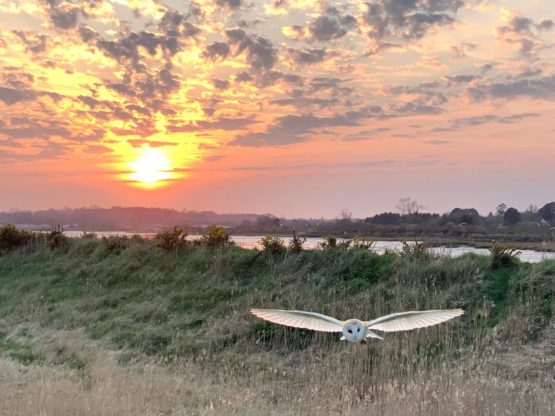
Flyby - Tom Wake
A familiar view of the Deben estuary is transformed with the introduction of a swooping barn owl. Looking on this chance encounter, captured by Tom whilst out running, we can instantly see the source of enjoyment.
Likewise, we are greeted with a stark realisation that without the owl, the image would be incomplete. Biodiversity brings joy.

Frozen Marsh - Andrew Bailey
It appears time has frozen alongside the saltmarsh in this image. Time is so important when considering natural processes. The tranquillity of this picture implies everything has stopped, yet the marsh continues delivering value undeterred.
Coastal protection, carbon storage and waste management processes continue resolute and unabated. Andrew’s image offers us an opportunity to contemplate these services, that so often go unnoticed.
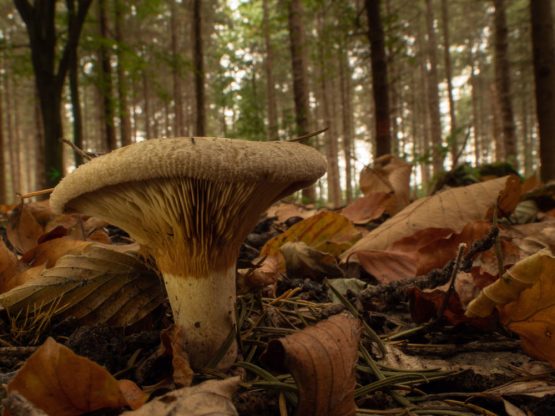
Nature's Recycling Centre - Rob Coleman
When walking through the woods, we often look up at the trees as being the most significant structures there. In reality the fungi beneath our feet are the real stars as they work tirelessly to balance forest ecosystems by recycling nutrients for other organisms.
Shot at ground level, this image reverts our attention to understand that the trees are built from the ground up. At a time when plastic is hitting the headlines for the wrong reasons, we are reminded that nature has been recycling for millions of years.
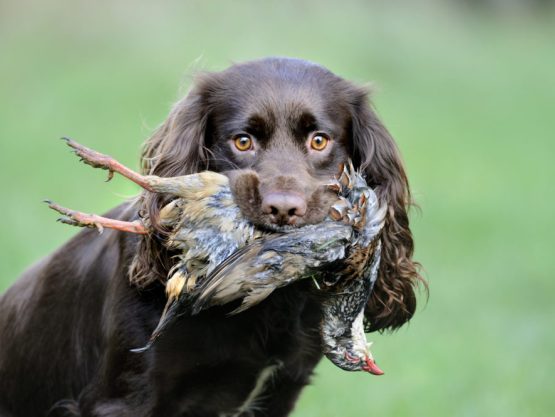
Cocker Spaniel carrying shot Red-legged Partridge
Domestic Dog, English Cocker Spaniel (working type) carrying shot Red-legged Partridge (Alectoris rufa) in mouth, Suffolk, England, December
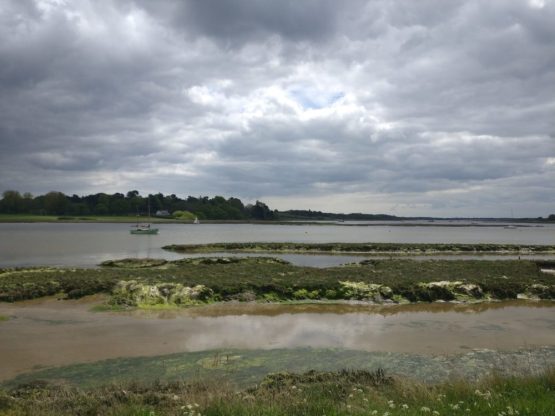
Marsh Seascape - Liz Inwards
Natural processes have shaped the Deben estuary. Not only does the saltmarsh provide an aesthetic value , it offers habitat for internationally important animals and also supplies natural flood defence for the people living on the estuary fringes.
When these natural processes are constrained, the value provided is lost. One can see fragmentation and matting of the marsh taking place in the foreground. These are processes indicative of reduced value which is mirrored by the clouding sky
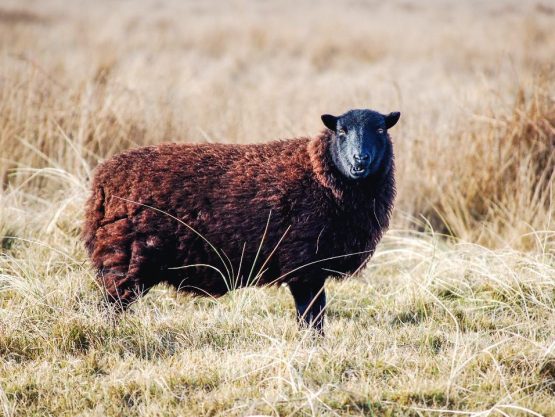
Sheep in a field Robyn Bartlett
'Trade you a woolly coat?' It's such a simple caption but one that had to be applauded when dealing with such a complex subject.
The quizzical expression on the sheep's face says she is still weighing up whether or not to accept the deal.

Saylward Mudflat - Steve Alyward
The moody sky and monochromatic hue allow the viewer to focus on the meandering channel cutting into the mudflat, where usually the eye would wonder to the ebb of the tide or toward the river bank. This image offers us a moment of reflection.
Mudflats play a critical role in the storage of carbon dioxide - this service, invisible as it is, is evoked into the combination of the hazy skyline and colouring, suggestive of perpetual beating of the earth's lungs.
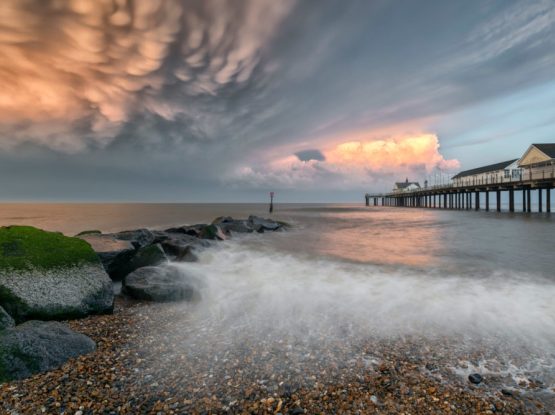
Storm at a beach - Ben Green
Southwold pier extends seaward to hint at the opportunity on offer in the North Sea but this is masked all by the mirk kicked up by the approaching storm. Ben Green has captured the power and physicality of this storm, the waves and tides all in one picture.
Though value might not be immediately evident, the viewer is lured in to wonder what lies beneath? The ocean is often undervalued because so much is out of sight, out of mind. Ben’s image helps to shift this by demonstrating so many processes at once.
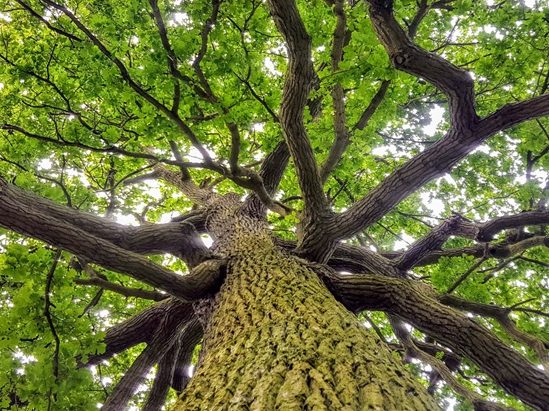
Supporting Services - Adam Billiard
A sturdy tree trunk is a cliched metaphor for support. This isn't the imagery that defines the Mighty Oak though.
It is the vibrant green of the chloroplasts - the cellular engines - that so brilliantly illustrates supporting ecosystem services. As we peer skyward of out of the dense woodland, we are reminded that we are just a small component of the wider ecosystem.
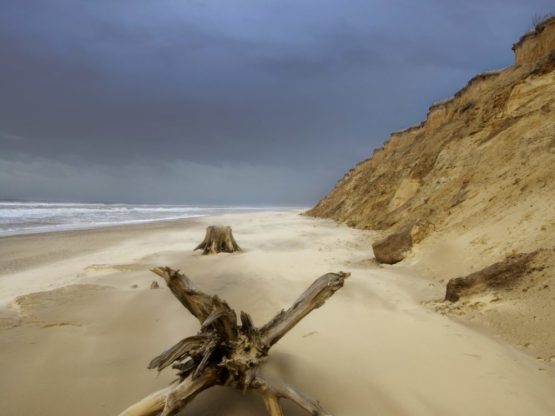
Natural Processes - Andrew Bailey
This image depicts a natural process that has shaped the soft sediment of the East coast for many years. We note the sand grains are being blown along the coast and not being lost out to sea.
Erosion is a natural process, but it is not without balance. Rather than a loss of land, this image show's natures battle strategy. In such cases, working with natural processes can yield greater benefit than futile efforts trying to tame them.
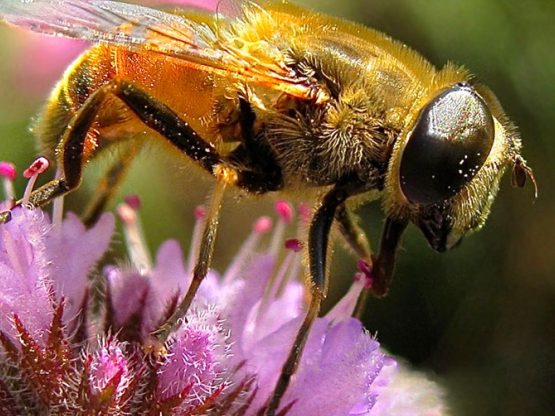
Supporting Services - Trevor Boyd
The macro perspective of a hover fly covered in pollen conveys the timeless necessity of pollination. In our modern world we often overlook the humble bee, but we do so at our peril.
The provision of crops, flowers and food are dependent on pollinating insects like bees. Trevor's images focuses our attention on our little companion and helps convey the complexity of supporting services to us all.
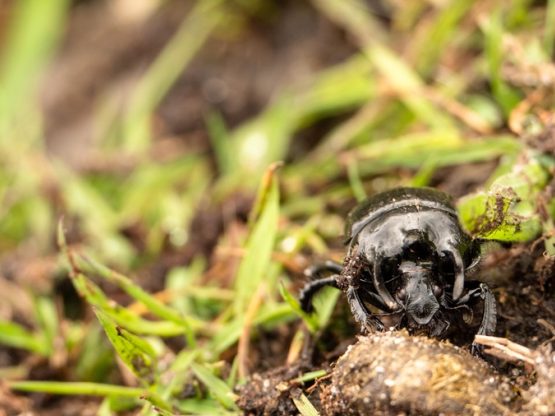
Supporting Services - Rob Coleman
It's a messy job, but someone's got to do it! That someone doesn't always have to be human. Let's work with nature to let nature work with us.
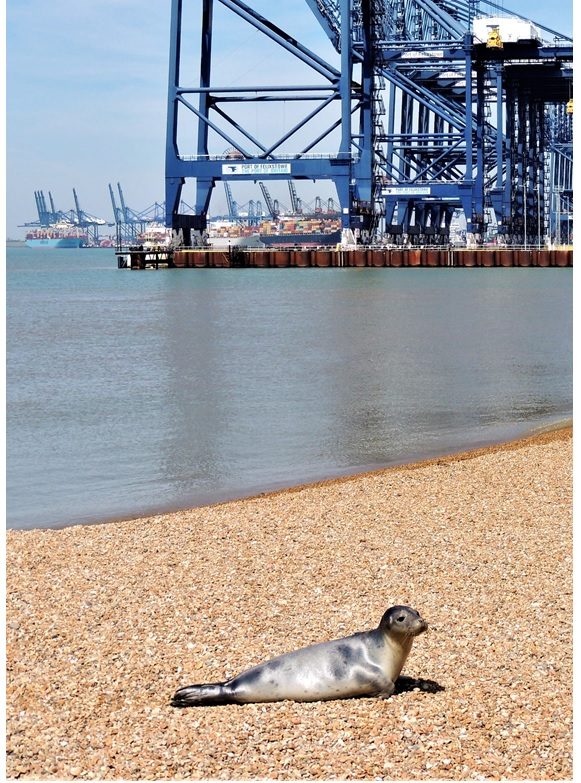
Seal on beach - Jill Adam
The juxtaposition of the seal basking against the port operation defines this image. The shingle beach framed under the container crane illustrates the natural foundation from which we have developed human interest.
The fragility of the one seal set against the towering development, too big to frame, reminds us it is important to seek balance between what we
